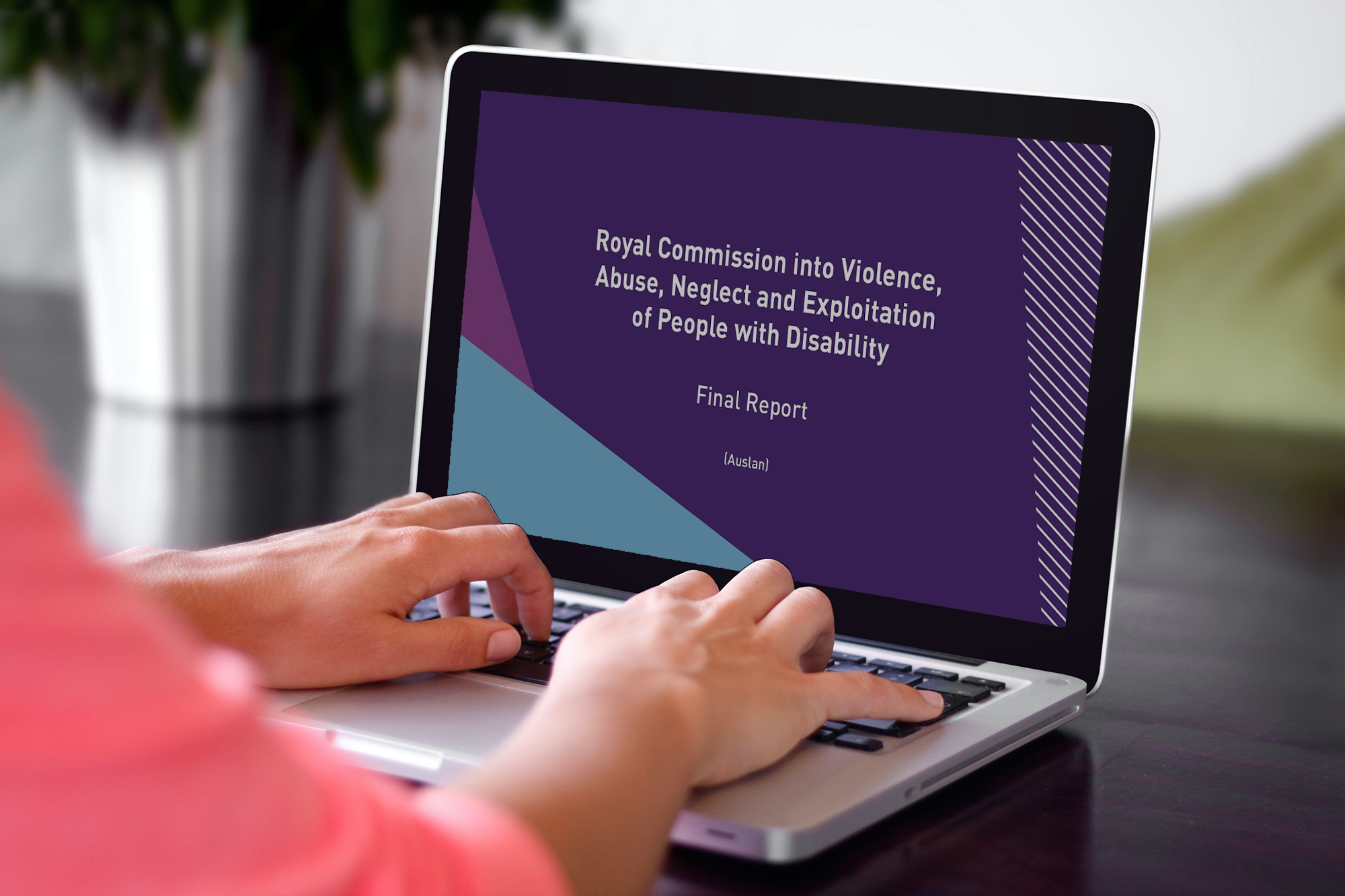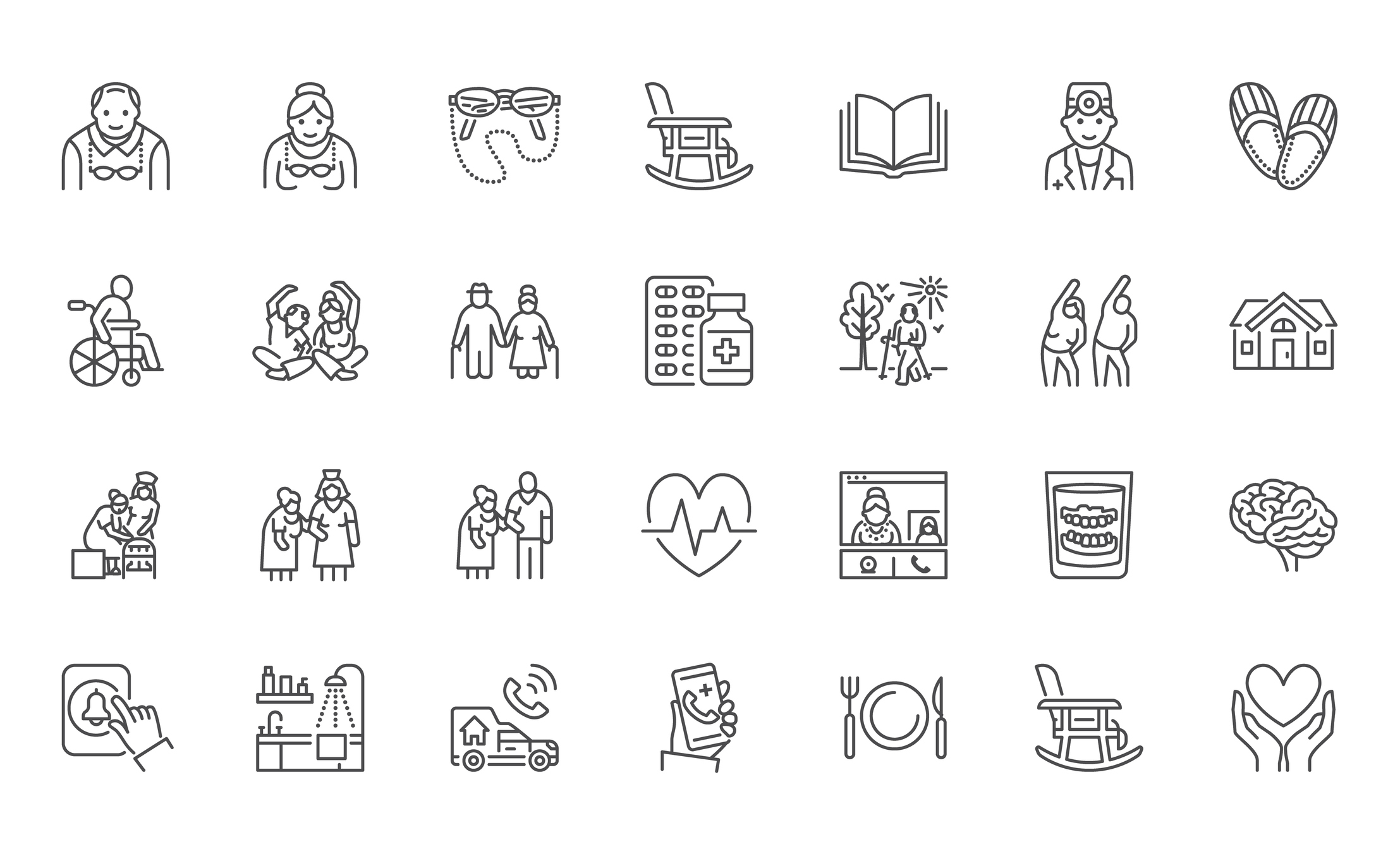Welcome to the latest update in our series on the Final Report of the Royal Commission into Aged Care Quality and Safety.
Today’s focus is on the use of restraints, which the Royal Commission highlighted as an area of substandard care. The Royal Commission’s view is that providers should continually work towards the elimination of the use of restraints, and that compliance requirements should reinforce that view. The findings of the Royal Commission were clear:
“The inappropriate use of unsafe and inhumane restrictive practices in residential aged care has continued, despite multiple reviews and reports highlighting the problem. It must stop now.”
The overuse of restrictive practices in aged care was found to be a major quality and safety issue. “Restrictive practices impact the liberty and dignity of people receiving aged care. Urgent reforms are necessary to protect older people from unnecessary, and potentially harmful, physical and chemical restraints.”
Restrictive practices can also fall under the category of abuse, when used improperly: “where [restrictive practices] occur without clear justification and clinical indication, we consider this to be abuse.”
Ultimately the misuse of restrictive practices is a human rights issue.
“Deficiencies in regulation of restrictive practices have been identified as a significant human rights issue in Australia. A strong and effective regulatory framework to control the use of restrictive practices should be implemented as a matter of priority. The Australian Law Reform Commission has recommended that there should be a nationally consistent approach to the regulation of restrictive practices.”
The Commission's recommendations
To address the above concerns, the Royal Commission made Recommendation 17: Regulation of restraints, which has now been accepted by the Australian Government in its response to the Final Report, which was published on 11 May 2021.
Recommendation 17 calls for the Quality of Care Principles 2014 (Cth) to be amended to ensure that restraints are prohibited unless:
- the restraint has been approved by an independent expert assessment, or
- the restraint is necessary in the case of an emergency to avert the risk of immediate physical harm.
If one of those conditions is met, the restraint should only be used:
- as a last resort to prevent serious harm, after the provider has exhausted all other risk management alternatives;
- to the extent necessary and in proportion to the risk of harm;
- for the shortest time possible;
- subject to monitoring and regular review (as stipulated in the behaviour support plan) by an approved health practitioner;
- in accordance with relevant State and Territory laws;
- with informed consent from the person receiving care or someone authorised by law to give consent on their behalf; and
- in the case of chemical restraint, if prescribed by a doctor who has documented the purpose of the prescription.
Recommendation 17 also suggests that any use of restraints which is not prescribed by an assessment from an independent expert, should constitute a reportable incident under the updated Serious Incident Response Scheme.
Additionally, Recommendation 65: Restricted prescription of antipsychotics in residential aged care recommends that antipsychotic medication be prescribed only by a psychiatrist or a geriatrician, and that each prescription is reviewed at least annually. The Government has accepted this recommendation in principle, and will refer the recommendation to the Pharmaceutical Benefits Advisory Committee, on whom it relies for advice in this area.
The above recommendations will make the compliance requirements of the use of restraints similar to those of the NDIS.
What should providers do now?
Providers should read Recommendations 17 and 65 in detail and review their current policies and procedures regarding their use of restraints with the recommendations in mind. Providers should ensure that each time restraint is considered, it is first:
- Determined to be necessary to prevent immediate serious harm; or
- Approved by an independent expert assessment.
If use of restraint is permitted due to one of the above circumstances, it must be:
- Proportionate to the risk of harm;
- Used after obtaining consent from the consumer and their representatives; and
- Accurately documented.
Most importantly, providers should ensure that their processes continually aim to eliminate the need for the use of restraints.
Our resources
We have several resources to help providers stay ahead of the curve, including:
- Policy: Eliminating Use of Restraints (Aged Care)
- Template: Restraints Register (Aged Care)
- Policy: Incident Management Procedures (Aged Care SIRS)
Our policy template for eliminating the use of restraints in aged care will help providers ensure that their assessment, worker training, and review processes are in line with best practice, and that they are working towards the elimination of all forms of restraint.


